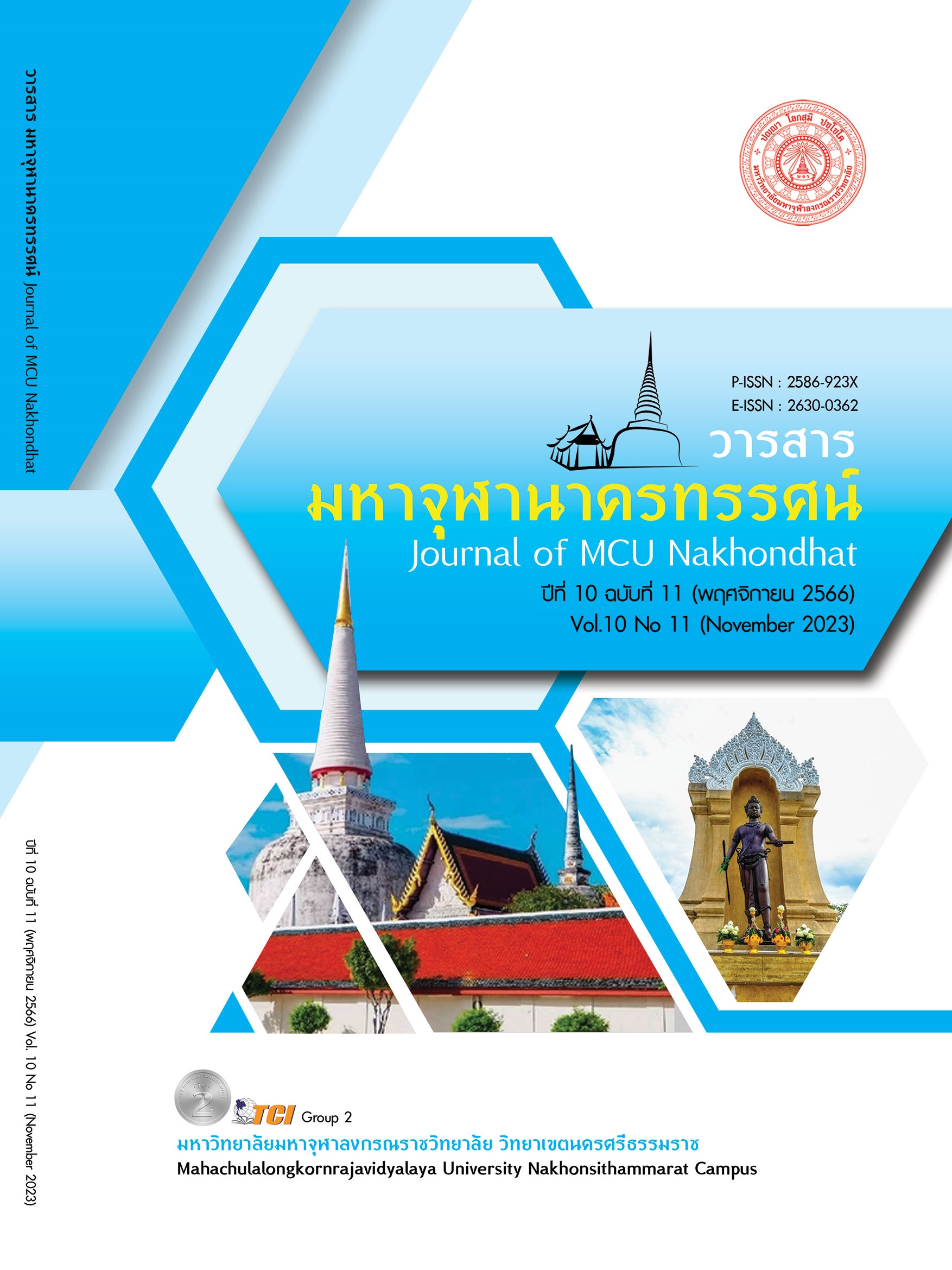PROTECTION OF THE RIGHTS OF CHILDREN BORN UNDER THE MEDICALLY ASSISTED REPRODUCTIVE TECHNOLOGY ACT, B.E. 2558
Main Article Content
Abstract
This study is a qualitative study with the following objectives : 1) To study the problems that arise in surrogacy under Thai law, specifically in the areas of contract regulation, child rights, and surrogate mother rights. 2) To compare approaches to determining the role of the court in reviewing surrogacy contracts, protecting the rights of children born through surrogacy after birth, and protecting the rights of surrogate mothers. 3) To improve and revise the laws on surrogacy in Thailand to make them more effective. The study used a document study method to collect secondary data from research reports, specific documents on surrogacy, and internet research. The data was then analyzed. The research findings are as follows: The problems that arise under Thai law include: 1) Problems with surrogacy under Thai law: Surrogacy contracts that are not approved by the court may violate rights. Children should have legal rights. Surrogate mothers should receive fair compensation, as well as the right to receive appropriate care and medical treatment. Children should know their background, including information about the surrogate mother. Children should be followed up after birth. 2) Approaches to determining the role of the court in reviewing surrogacy contracts include: The court reviews the validity of the contract to ensure that it meets the necessary requirements and does not violate public policy considerations. 3) The improvement of surrogacy laws in Thailand focuses on protecting the rights of children born through surrogacy, including legal recognition, citizenship, inheritance, and access to medical information. It guarantees that children born through surrogacy have the same legal recognition as other children.
Article Details

This work is licensed under a Creative Commons Attribution-NonCommercial-NoDerivatives 4.0 International License.
References
Abdullah, F. M. (2019). Legal and ethical aspects beyond commercial surrogacy: Modern form of human trafficking. Journal of Legal, Ethical and Regulatory Issues, 22(2), 1-7.
Gunnarsson, P. J. et al. (2020). Surrogacy relationships: a critical interpretative review. Upsala journal of medical sciences, 125(2), 183 - 191.
Hadjivasiliou, Z. et al. (2013). Dynamics of mitochondrial inheritance in the evolution of binary mating types and two sexes. Proceedings of the Royal Society B: Biological Sciences, 280(1769), 1 - 8.
Hibino, Y. (2020). Non-commercial surrogacy in Thailand: ethical, legal, and social implications in local and global contexts. Asian Bioethics Review, 12(1), 135 - 147.
Lewis, S. (2021). surrogacy now: Feminism against family. Retrieved February 20, 2022, from https://www.versobooks.com/en-gb/products/711-full-surrogacy-now
Salisbury, P. et al, . (2016). Family planning knowledge, attitudes and practices in refugee and migrant pregnant and post-partum women on the Thailand-Myanmar border–a mixed methods study. Reproductive health, 13(1), 1 - 13.
Tamura, H. et al. (2020). Importance of melatonin in assisted reproductive technology and ovarian aging. International journal of molecular sciences, 21(3), 11 - 35.


